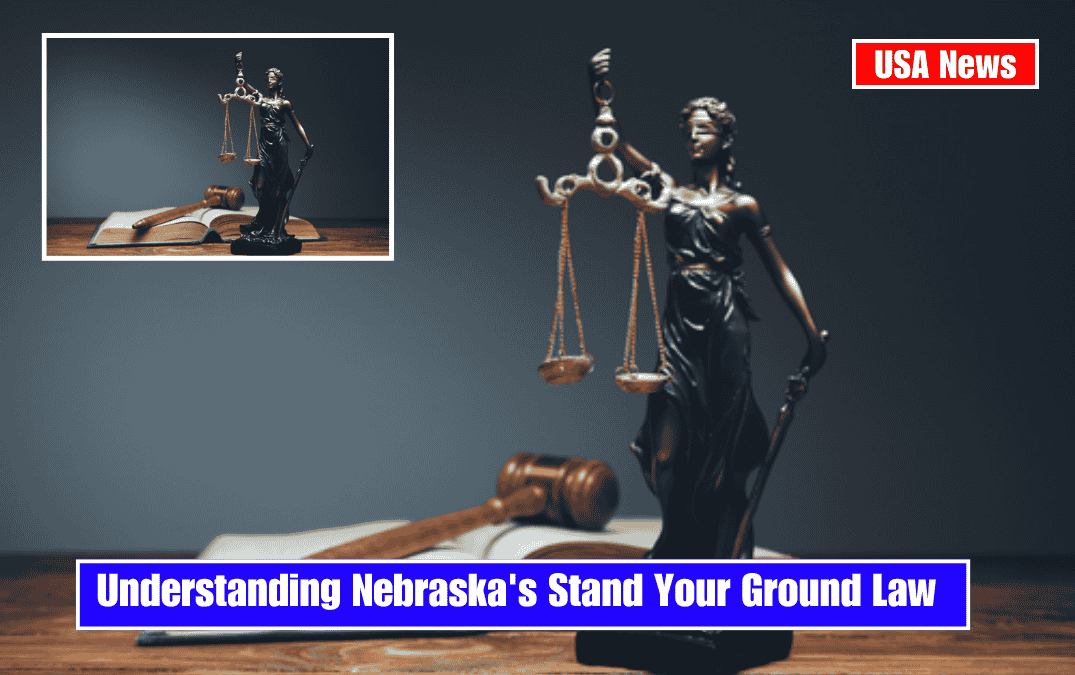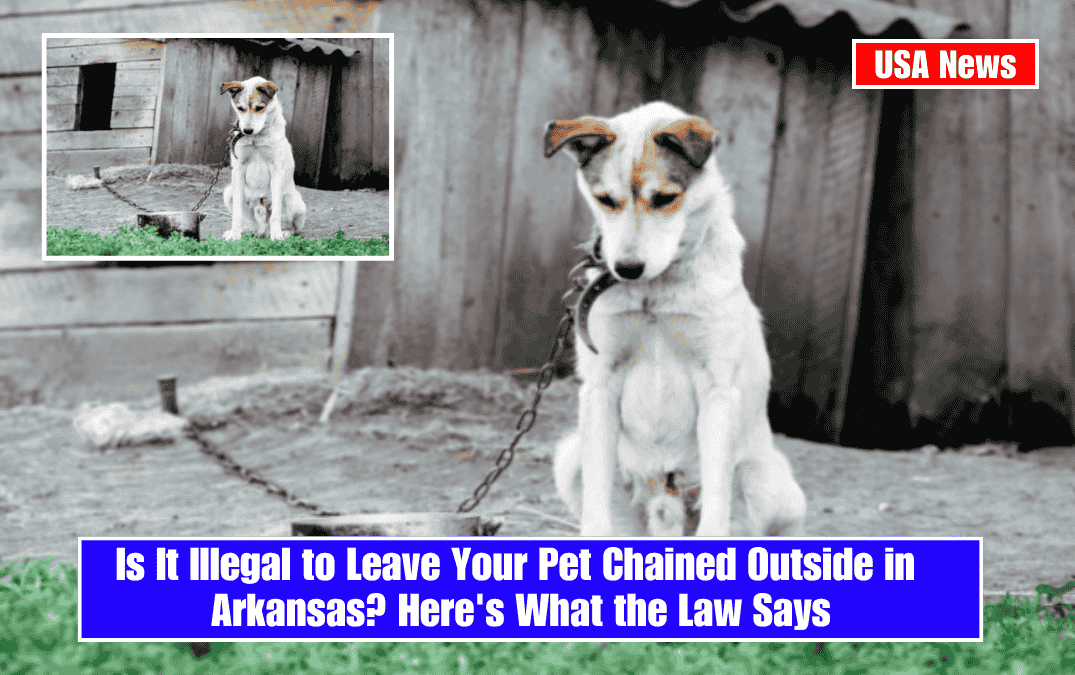West Virginia has a foster care issue, and despite lawmakers introducing several bills to address it, only one of them passed both chambers. The governor is yet to sign it into law.
House Bill 2880 passed on the last night of the legislative session. The bill, sponsored by Del. Adam Burkhammer, R-Lewis, who is also a foster parent, will establish a “Parent Resource Navigator” to assist in the reunification of parents and children.
The primary goal of foster care is to reunite children with their parents once they can safely care for them. However, we must be realistic and acknowledge that many of these children will remain in foster care until they reach adulthood.
There are currently 5,955 children in state custody. As Amelia Ferrell Knisely has reported, many of these children are not even in foster care due to a lack of foster parents. Many children are sleeping in hotels across the state because there aren’t enough beds, and the state will spend $70 million in 2024 to send them to out-of-state facilities.
According to the West Virginia Centers on Budget and Policy, the majority of children who end up in foster care in West Virginia do so as a result of parental substance abuse or neglect. Child abuse allegations involving drug endangerment here are four times higher than the national average.
There were no bills introduced to increase recovery efforts for parents who had lost custody of their children. Last week, Gov. Patrick Morrisey cut $250,000 from the state budget for Lily’s Place, a Cabell County nonprofit that helps families dealing with substance use disorders.
During the 60-day session, lawmakers introduced numerous bills related to foster care, demonstrating their commitment to improving the situation. Let’s take a look at which bills died.
HB 2035 proposed a three-year guardian ad litem pilot program in three judicial courts. Cindy Largent-Hill, director of the state Supreme Court of Appeals Division of Children’s Services, told lawmakers during the legislative session that there aren’t nearly enough lawyers for child abuse cases, and those that are available are assigned to a child’s case as a guardian ad litem for at least a year. She stated that the majority of guardians ad litem cover 12 counties. The bill died in House Finance.
HB 2047 would have prohibited cameras and recording devices in foster children’s bedrooms and bathrooms. The bill clarifies that baby monitors may be used when the child is of the appropriate age or has been medically diagnosed with severe physical disabilities or behavioral, cognitive, or psychological disorders.
Children deserve privacy and should not be monitored in their private spaces unless there is a medical reason for it.The bill died in the Senate Health and Human Resources committee.
HB 3382 would have required the Department of Human Services to establish a central reception center and emergency resource homes for foster children for up to 72 hours if a permanent home could not be found right away. There are currently 148 children residing in the state’s emergency shelters. The bill died in House Finance.
HB 3379 would reduce the number of children bouncing from home to home by allowing the state to terminate parental rights more quickly in order for a child to find a long-term foster home.
According to the West Virginia Centers on Budget and Policy, West Virginia has the highest rate of permanent termination of parental rights of any state, nearly 40% higher than the national average.
The bill would also have reduced the time frame for reuniting foster children with their biological siblings, as well as relaxed reunification requirements if it was not in the child’s best interests.
Child welfare groups opposed the bill, claiming that the requirements violate federal child welfare laws that prioritize biological family and sibling reunification. The bill died in the House of Health and Human Resources.
HB 2086 proposed a plan to monitor and improve the reading and math skills of foster children. The bill died in House Education.
HB 2033 would have relaxed vaccination requirements for biological children of foster parents and allowed families to foster regardless of religious beliefs about sexual orientation and identity. This legislation would have put LGBTQ+ children in danger. Fortunately, the bill died in the House Committee on Health and Human Resources.
HB 2542 would have required Child Protective Services employees to record audio of all interactions during CPS visits. A committee substitute changed the language from requiring recordings to “permitting” audio recording. The bill died in the House of Health and Human Resources.
HB 2027 would have prevented children from being removed from foster homes after 15 months or 50% of their lives, unless it was in the child’s best interests. The bill died in Health and Human Resources.
It’s great that so many bills were introduced to help children in foster care, but why couldn’t lawmakers pass them? Why were other bills prioritized over these ones?
If there are so many children that there isn’t enough space to house them all, the government should work to build more homes and beds for them to sleep in. The state could provide incentives for people to foster children or do anything else to make child care more accessible and affordable. Consider the obstacles that prevent families from choosing to foster and work to eliminate them.
From 2017 to July 2024, the state had over 6,000 children in foster care each year. That number fell below 6,000 for the first time last summer, and it remains higher than 5,950 today.
If the state can spend $70 million per year to send children out of state, it can certainly spend the same amount to build new facilities or expand existing ones. If lawmakers do not address foster care issues, they must accept that there will be approximately 6,000 children in need of homes, with enough space to accommodate them all.















